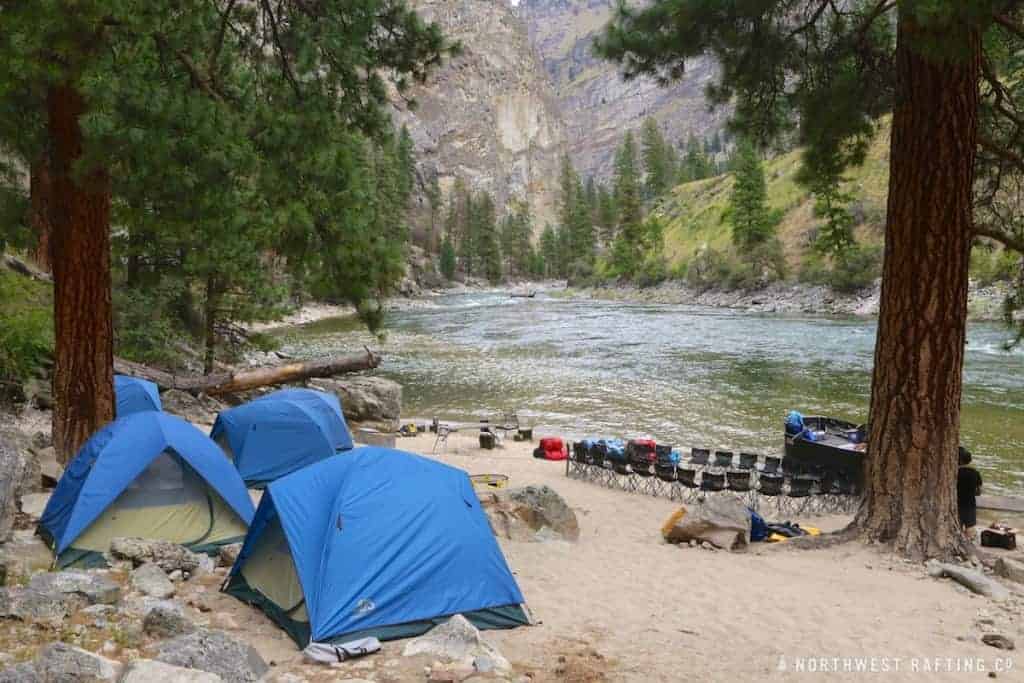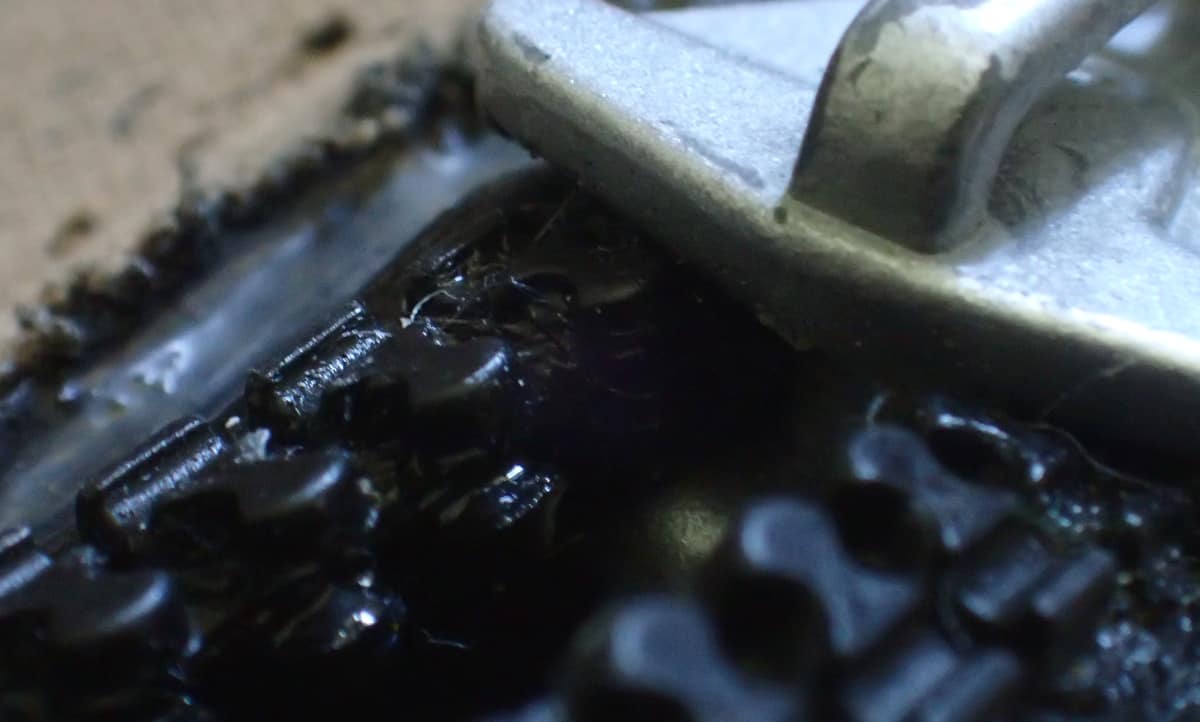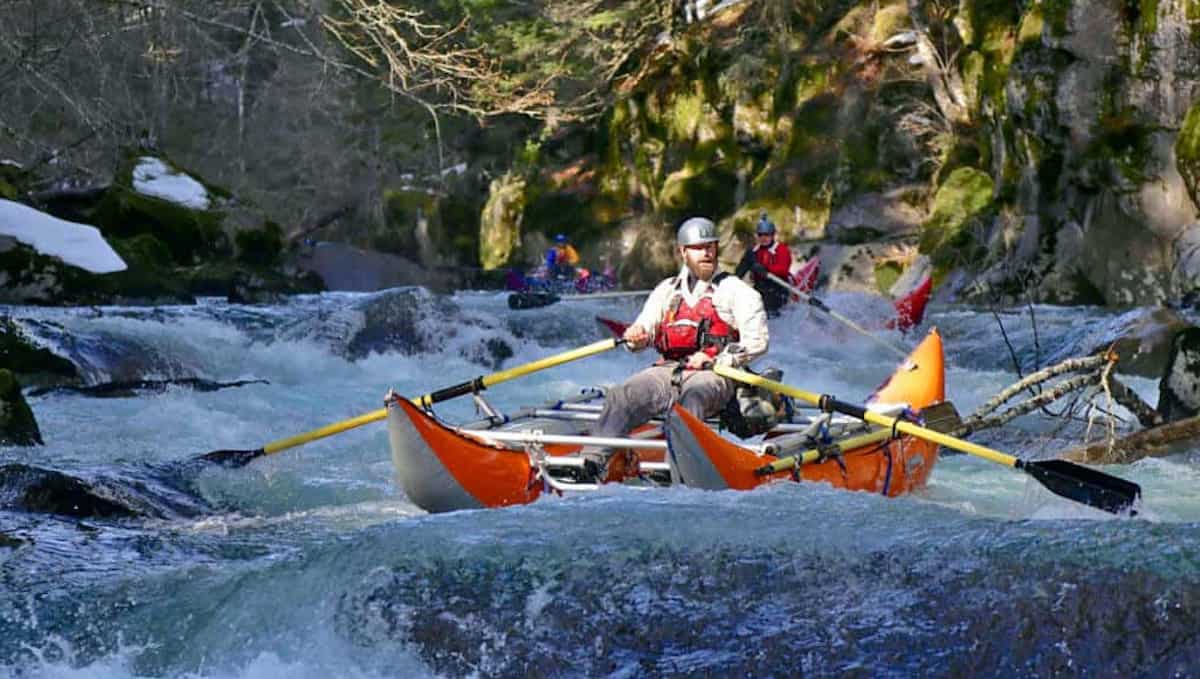Zipper Repair
Zippers are an often overlooked piece of equipment but need maintenance and repair to work properly in whitewater settings. An integral part of drysuits, wetsuits, tents, boats, and gear bags, zipper maintenance is a good addition to a spring cleaning checklist for your gear.
How do Zippers Wear?
Zippers can wear down over time after exposure to the elements, neglect or both. The mechanism can stick due to sandy or silty river water, beach camping, and salt deposits. Then the friction of zipping the equipment up and back will cause it to get stuck or break teeth. As soon as you see a problem with your zipper, treat it gently until you can clean, lubricate, or otherwise repair it. The metal parts in zippers can also corrode, especially around salt and marine environments. This is why drysuits and wetsuits are made primarily with plastic zippers.
General Zipper Care
The best way to care for zippers is to keep them clean and lubricated. After or during a heavy season of use, use freshwater (or fresh, soapy water) and a toothbrush. Clean each side of the zipper teeth and slider. For metal-tooth zippers, apply zipper wax and vaseline to the docking area. If your metal zipper corroded, clean the corroded zipper with vinegar and an old toothbrush.
For plastic zippers, apply Zip-tech or T-zip lubricant to the docking area and zipper. Wipe off the excess, zipping the equipment a few times to make sure everything works. There are many products out there of varying strengths depending if the gear is meant for whitewater or diving. Beeswax also works too.
Protip: If you own a drysuit, store metal zippers open two inches, and plastic zippers completely closed. Check out Kokatat's great maintenance video for more info.
AIRE boats (a popular boat brand) uniquely build an inner bladder and zippered outer shell. They have their own zipper care video here but use the same principles as above. When inflating the boat, inflate evenly so you do not apply undo pressure on the seams or zipper. The rafts and catarafts have double zippers to handle the extra pressure from inflation. Some boaters like to tie the double zipper together or use a split ring as an extra precaution from spontaneous unzipping.
General Zipper Repair
Fully repairing a zipper can be a little more involved but is not impossible. Usually, the problem lies with the zipper slider. If the teeth do not catch when zipping up the equipment, the slider is too loose. When in the field, a quick repair may be necessary. If the piece of gear has two sliders, simply zip up the other side and mark it so you remember to treat it with respect until you get home. For another quick fix, crimp the slider so that it is flush with the zipper stopper. If this is not the case (for example the zipper has broken teeth), you may need to send it in.
Alternatively, a zipper repair kit and multitool may be handy. Check with the manufacturer to get the right size. Generally, jackets are sizes #3 and #5 while tents, sleeping bags, and other large gear fit sizes #8 and #10 (width of the zipper teeth in millimeters). Gear-Aid has a great zipper repair blog here and sells repair kits here.
Zippers are an important part of your gear and you should care for them appropriately. Do not let this one aspect of your equipment shorten the life of the whole piece. When in doubt, store a toothbrush, some zipper lube, and maybe 303 sun protectant in your gear bag for a quick touch up after paddling.








